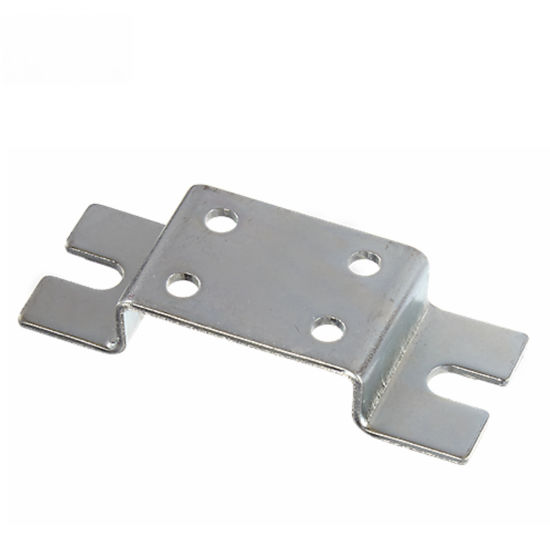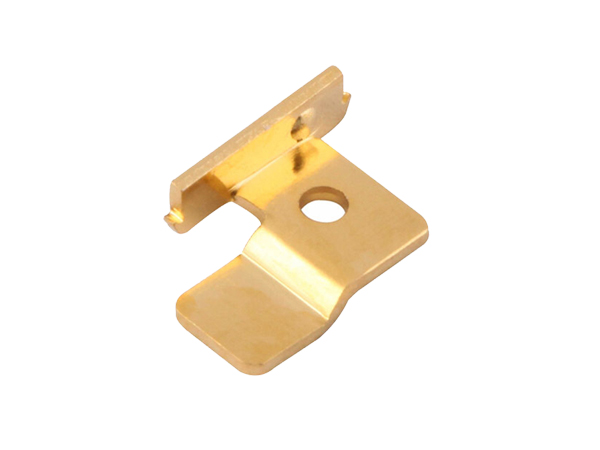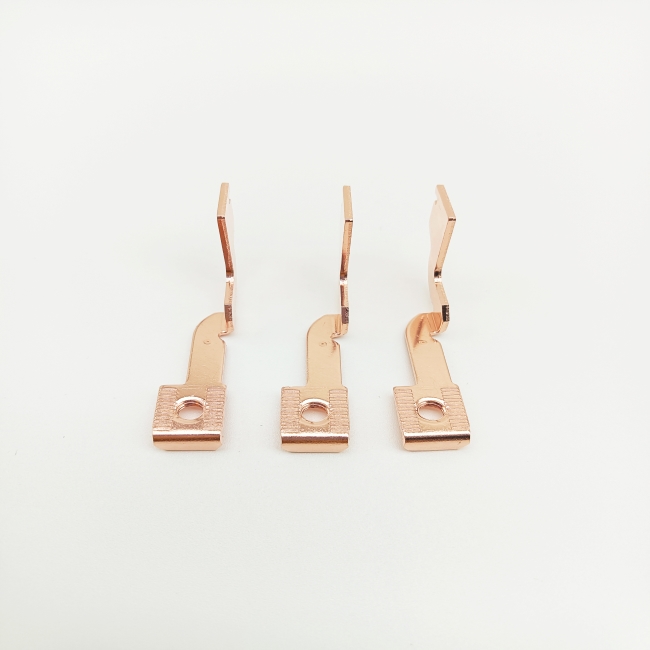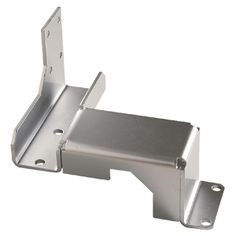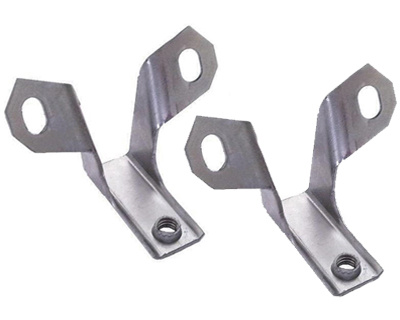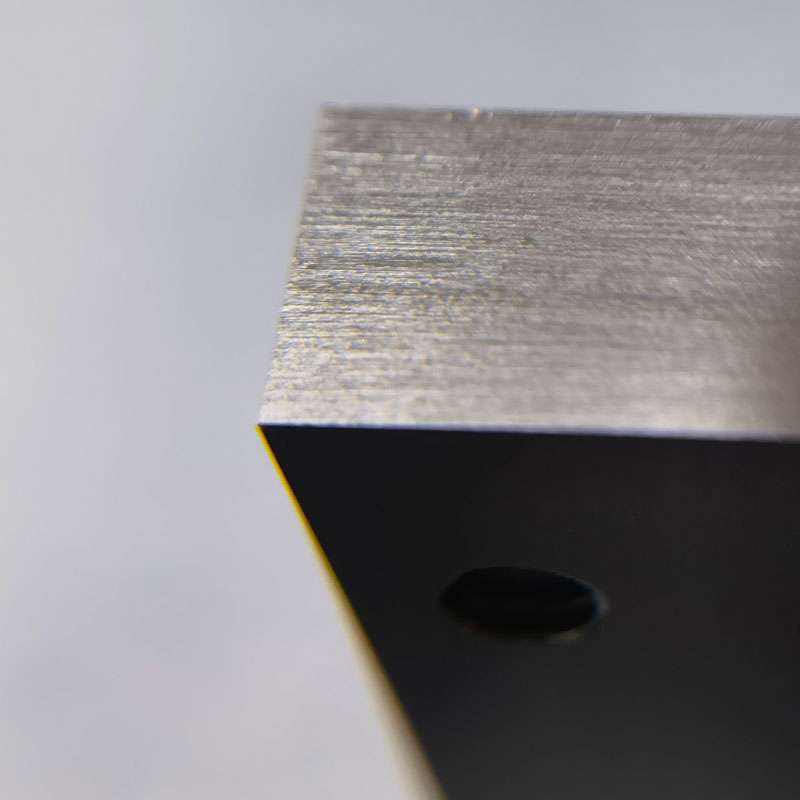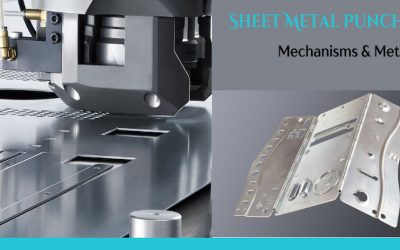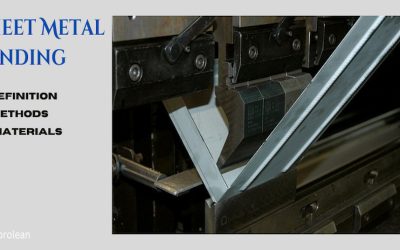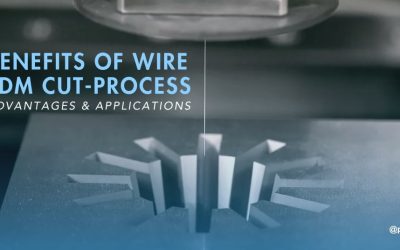CAPABILITIES
Stamping Service
Stamping service is a rapid process that generates parts with complex geometries at relatively lower costs.
- ISO-2768-m
- Lead time as fast as one day
- Aluminium, Steel, Stainless Steel and more





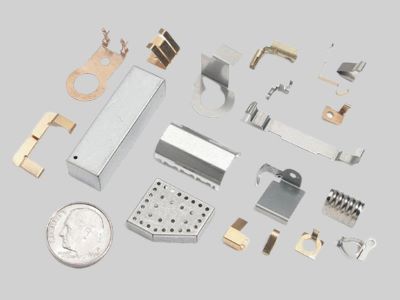
All uploads are secure and confidential.
Why Choose Our Stamping Service
Are you looking for your creation of a 3D, lettering, or surface engraving feature? Stamping is the best approach to achieve this. With Stamping, different shapes can be made out of the sheet metal by pressing down on it inside the die. we are the best place to get the exact shape according to your stamping drawing. We use a full-automated and computer-controlled Stamping process to create quality parts.
Try Prolean Now!
Our Stamping Service Capabilities
Features |
Info |
| Bend angle | 1° |
| Thickness | 0.1mm-10mm |
| Part size limit | 1000mm*500mm |
Material Options for Stamping

Aluminum Stamping Part
Aluminum is a superior metal in terms of strength-to-weight ratio. It offers High Machinability, ductility, and thermal & electrical conductivity. Parts with aluminum also become highly resistant to corrosion.
Subtypes: 5052, 5083, 6061, 6082

Brass Stamping Part
Golden shiny color, low friction, excellent Machinability, and high electrical & thermal conductivity. Brass can be easily machined and the best choice for low-friction applications.
Subtypes: C360, H59, H62

Copper Stamping Part
It offers good strength, hardness, and excellent corrosion resistance with superior heat and thermal conductivity. It also has a very appealing aesthetic.
Subtypes: 101, C110
Steel Stamped Part
High mechanical strength, toughness, resistance to wear and fatigue, and sturdiness. In addition to carbon, other alloying elements can be added depending on the needed mechanical and physical qualities.
Subtypes: 1018, SPCC

Stainless Steel Stamping Part
High mechanical strength, Thermal, Wear, and Corrosion resistance. Stainless steel is low-cost and can be machined easily. Parts made from Stainless steel are durable and do not lose that strength over time.
Subtypes: 301, 304, 316
Finishing Options For Stamping Part
We provide various surface finish options for your sheet metal project. If your required surface treatment is not listed below, feel free to contact us for more options.
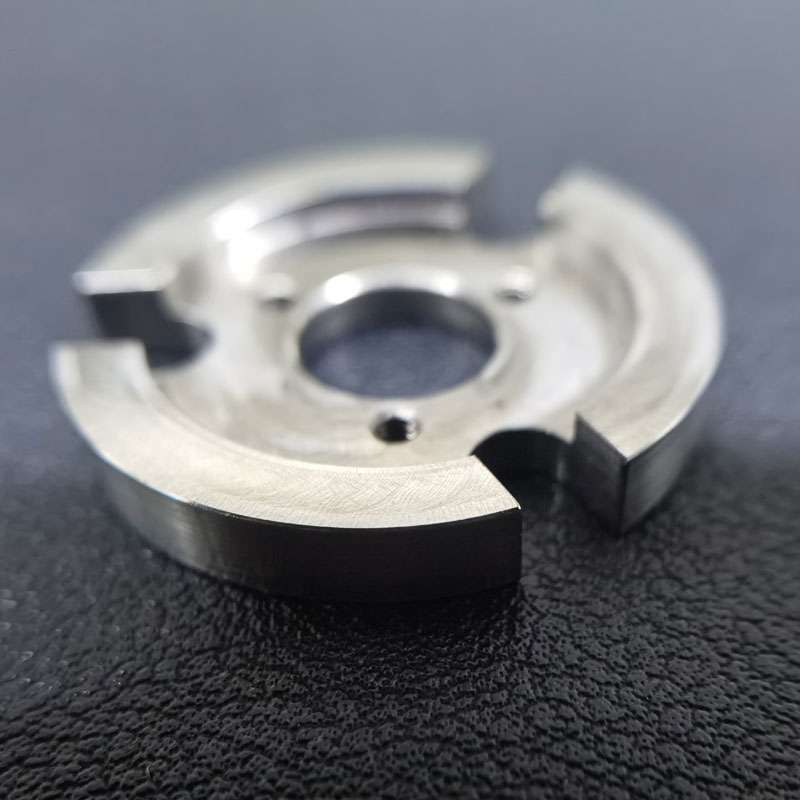
As the machined or deburring
The machined or deburring finish is the standard finish where unwanted attach chips are removed with deburring tools, and sharp edges are chamfered to smooth the surface (3.2 μm).
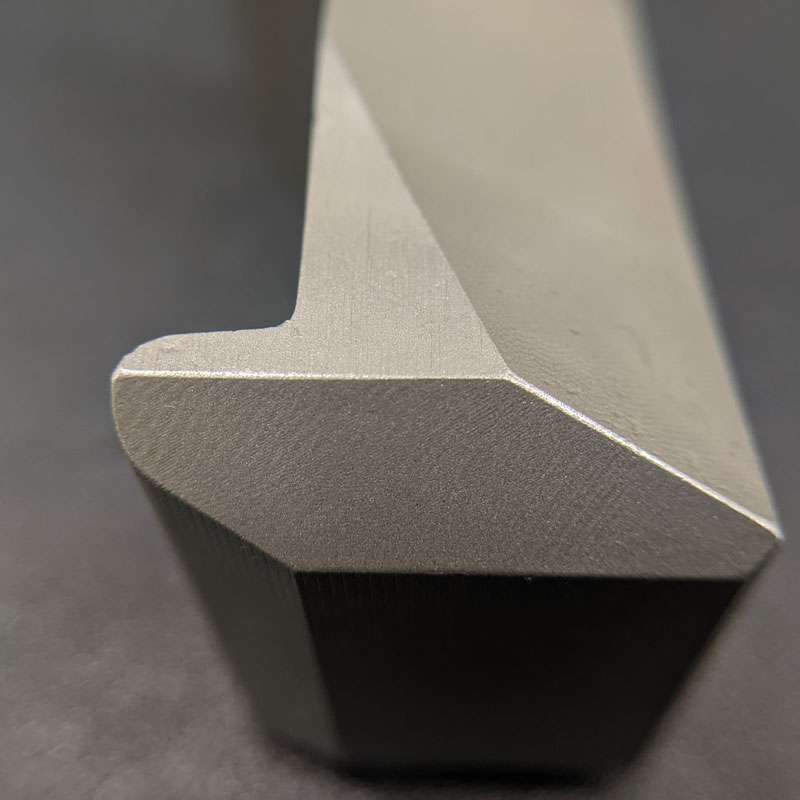
Bead Blasted
Bead blasting produces a matte texture, removing all the marks of machining tools. It applies to ABS, Aluminum, Brass, Stainless Steel, and Steel parts.
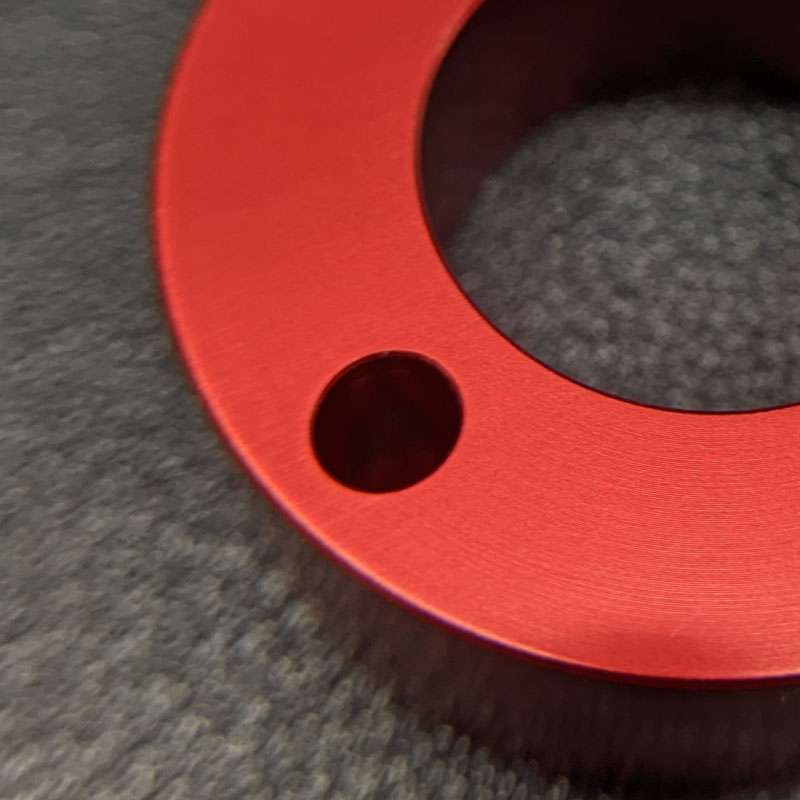
Anodizing
Anodizing involves adding an aluminum oxide coating to aluminum and its alloys. The layers, which come in various colors, increase strength and shield the surface from corrosion.
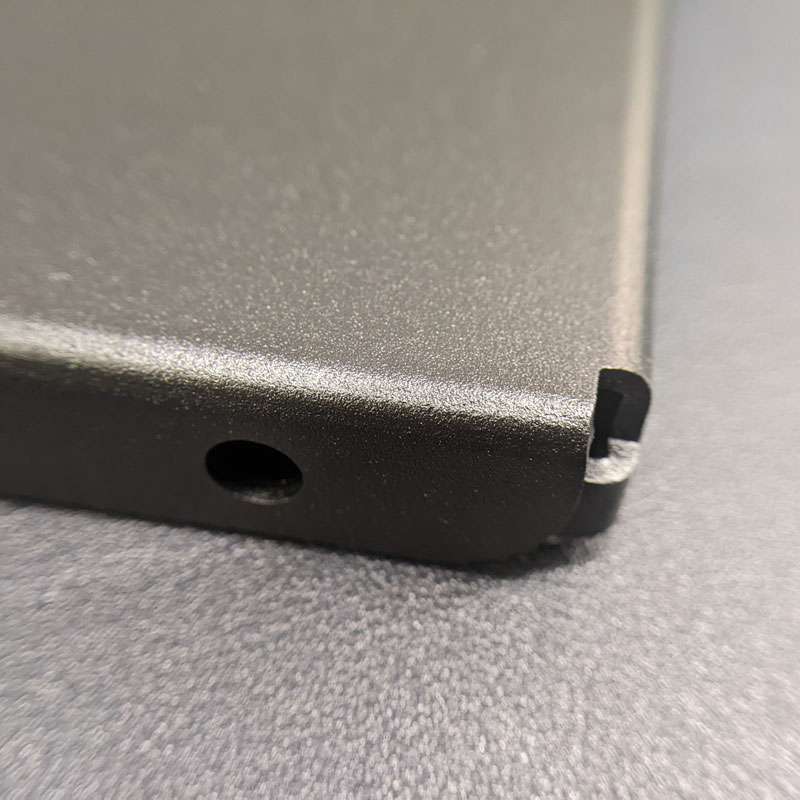
Powder coating
Powder coating is the electrostatically applying of dry powder to the surface. It produces a thin layer providing excellent resistance to wear, corrosion, and abrasion.
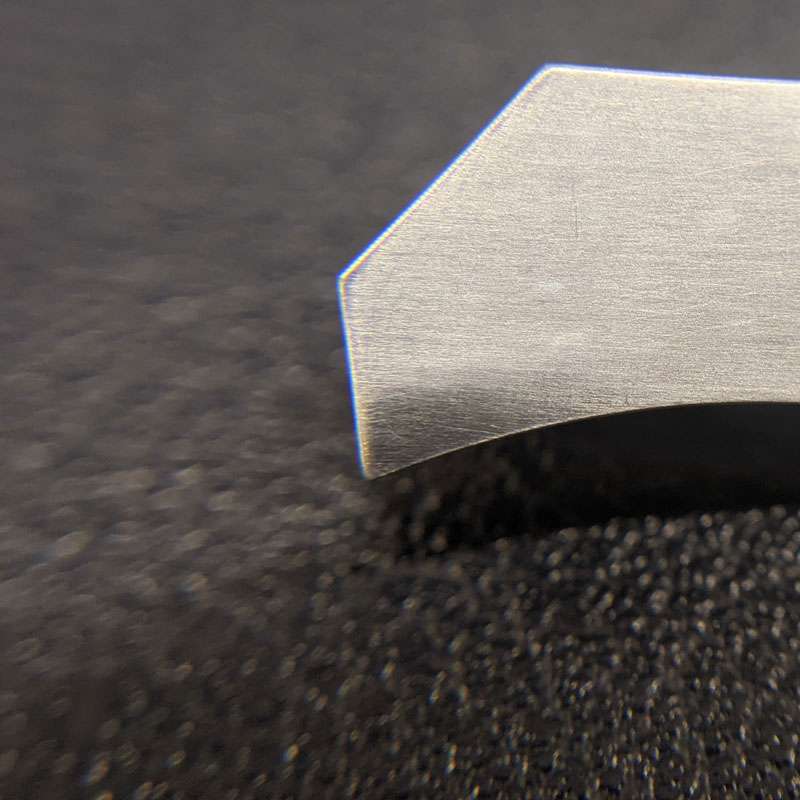
Polishing
Physical rubbing of a metal surface to create a shiny surface is called a polishing surface finish. It increases the reflectivity and does not affect the dimensional stability of parts.
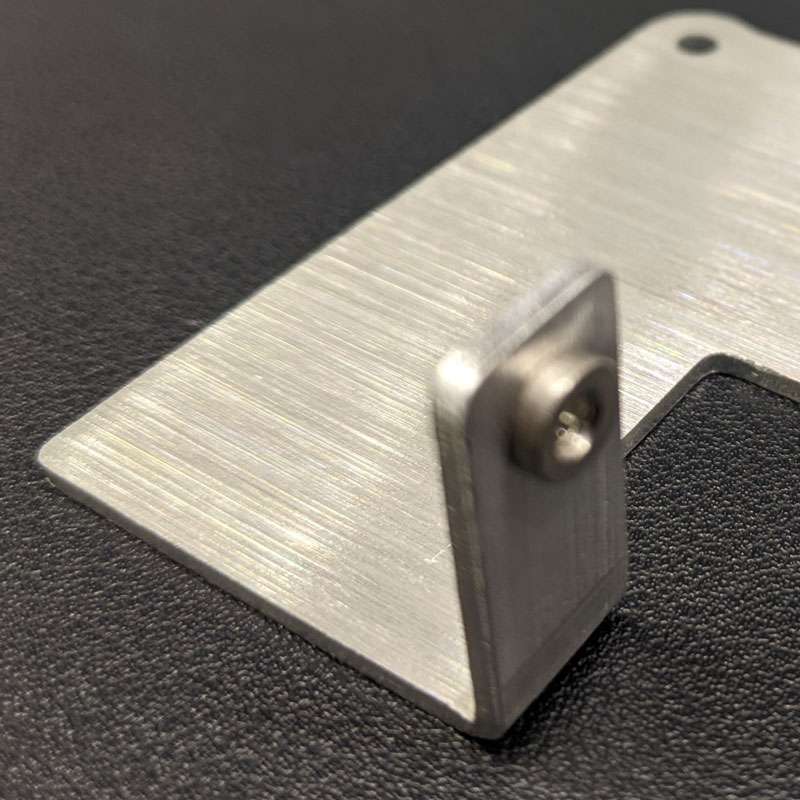
Brushing
Brushing is achieved by applying an abrasive brush to the metal surface, which produces a unidirectional satin finish. And it is not recommended for highly corrosive materials.
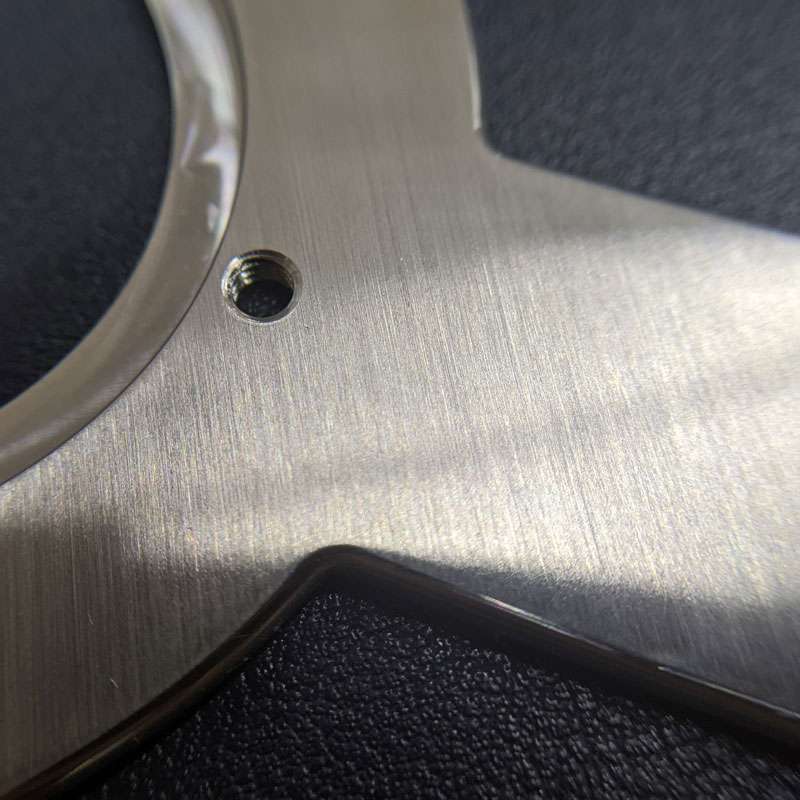
Smooth machining
Smooth machining is done by controlling the machining process, such as feed rate & cutting speed. It minimizes the tool marks and risk of corrosion.
Black-Oxide
Black oxide finish reduces surface reflectivity and offers mild corrosion protection. It involves adding a thin layer of magnetite to the surface.
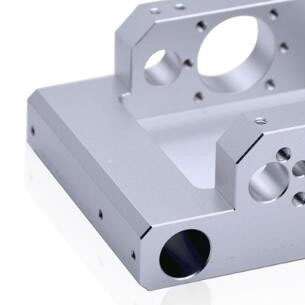
Fine machining
The higher-precision machines produce delicate machining surfaces by utilizing sharper tools and regulating feed rate and cutting speed. Surface roughness up to Ra 0.8 μm can be maintained with smooth machining.
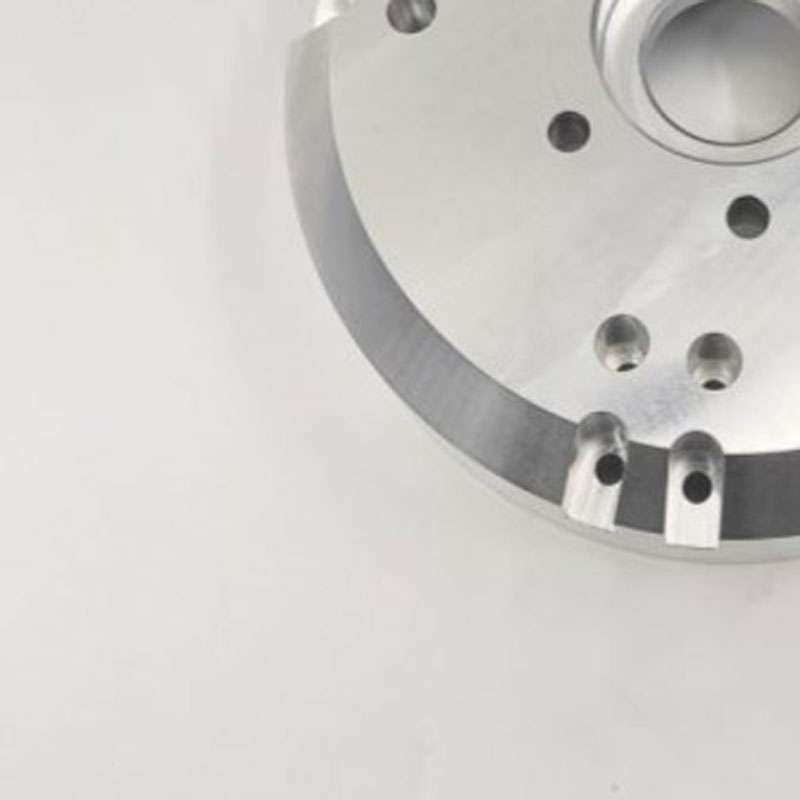
More
Provides a random, non-linear texture with a shiny, high gloss finish. However, it might be unable to create sharp corners and pockets
Stamping Tolerances
Dimension detail |
Tolerance(+/-) |
| Edge to edge, single surface | 0.002 inch |
| Edge to hole, single surface | 0.002 inch |
| Hole to hole, single surface | 0.002 inch |
| Bend to edge / hole, single surface | 0.005 inch |
| Edge to feature, multiple surface | 0.015 inch |
| Over formed part, multiple surface | 0.015 inch |
3 Ways to Ensure Perfection
Standards
Metals: ISO-2768 fH (fine)
Plastics: ISO-2768 mK (medium)
Metric threads tolerances: ISO 965-1 standard UN Threads Tolerances: ASME B1.1-2003 standard
Knurling: ISO13444:2012 standard.
Our factory is ISO 9001:2015 certificated
Inspection and Protection
Constant visual inspection conditions
Quantification of cosmetic surface quality
Process requirements
Part cleaning and Protection
Quality Inspection Report
Inspection Confirmation
Dimensional confirmation
Appearance confirmation
Quality documentation
Technology Overview
Introduction
Are you looking for your creation of a 3D, lettering, or surface engraving feature? Stamping is the best approach to achieve this.
With Stamping, different shapes can be made out of the sheet metal by pressing down on it inside the die.
Prolean is the best place to get the exact shape according to your stamping drawing. We use a full-automated and computer-controlled Stamping process to create quality parts.
What is Stamping?
Stamping is a manufacturing process in which sheet metal is converted into a pre-defined shape. The stamping Die gives the shape to the sheet metal using pressure. So, the sheet metal is fed into the DieDie, and the applied pressure will shape and shear the material into the desired final partIt is more affordable to manufacture several identical parts from sheet metal by stamping.
Types of Stamping
Progressive Stamping is performing numerous stamping operations sequentially using a sequence of workstations. Since dies endure a long time with this procedure, identical parts can be made over an extended period. In addition, it also produces significantly less scrap. Transfer stamping is commonly used to manufacture large parts. After one operation is finished, the part is transferred to another workstation. With Fourslide, Four tools can be used simultaneously to shape the four slides of a workpiece. It allows for the formation of parts with complex geometries.
Deep drawing stamping is perfect for manufacturing components with multiple series of diameters. It entails using a punch to pull a sheet into the Die and mold it there.
Advantages
Compared to other typical manufacturing processes, Stamping is more automated. It is also cost-effective to make high-quality identical items because the die can be used repeatedly. Additionally, it makes surface polishing or post-processing simpler.
Stamping Process
The first phase involves designing the Stamping dies according to required operations, typically using CAD/CAM technology. For the stamping process to be accurate and for each stamp to retain the ideal component quality, a tight tolerance of dies is also essential
Specific Techniques for Stamping Process
Under the stamping approach, numerous specific techniques include punching, blanking, flanging, embossing, bending, and more.
Punching and blanking are used to create the hole in the workpiece. Embossing Refers to the raised or recessed design in the sheet metal. While flagging is used to produce flange structure. However, there is one thing common in all techniques: Die and pressure are involved no matter whether it is associated with creating a hole, flange, recessed design, or bend.
Applications
Stamping is used in the manufacturing of various components in several industries.
- Automotive
- Home appliances
- Lighting Industry
- Electrical and Electronics
- Medical
- Defense
See why customers dig us
I am delighted with the Service from Prolean regarding the prototype development for my research. I have never expected this type of regular communication and quality of service from any manufacturer.
I will be associated further with my upcoming projects! Thanks to the ProLean.
-Gresham Green, Individual Engineer
Last year I looked for custom manufacturers for laser cutting services on the internet and found ProLean.
I get help with great patience and understanding, which may be why I am still working with Prolean on various laser-cutting and bending tasks for my current sheet-metal fabrication project.
-RupakDhital, Owner at Awai Auto Trading
The HVAC Cabinet was marvelous, within the critical tolerance, and the surface finish was excellent.
The supply duct connection, seal, and evaporator coil cover all worked as expected. I will recommend your service to my friends and other HVAC Businesses.
Thank you for your Exceptional service and communication.
-Dilara Ayden, Owner of Delta Engineering
It was a pleasure to collaborate with Prolean to manufacture enclosures for electronic appliances. As a purchasing manager of EPCOS electronics, I am impressed with the integrity, communication, service, and quality that they continually deliver.
I believe that regardless of size and production volume, they consistently uphold the same level of service and fulfill their commitments.
-Elias Weber, Purchasing manager at EPCOS electronics
The 15″ steel conveyors are perfect. The parts were fabricated accurately as per the drawing and provided specifications. Weld is exceptionally accurate and falls within tolerance parameters.
The conveyor had markings on each component, making assembly simple. I appreciate the excellent service you provided.
-Scarlett Scott, Quality control Engineer at Yancoal Industry
An excellent job regarding manufacturing cans for our energy drinks products. I get the delivery within 14 days.
The stamping looks good, and the desired strength has been maintained within the range. I will continue your service for the next batch as well. I want to share that the pricing was under my budget. Thank you, Prolean, for contributing to our start-up.
-Kartik Gupta, Product designer at Vital Beverage
Similar to the product, the service was exceptional. The delivery of oxygen-cylinder prototypes within ten days was not what I had anticipated; it is unbelievable. We are testing the prototype and will collaborate with Prolean for the large-scale production.
Excellent service, and I greatly appreciate the workmanship and product quality. Thank you!
Shu Chuan, Mechanical Engineer at AMS Composite Cylinders
Prolean has met all the expectations regarding all the complex sheet metal fabrication work presented by our service department.
The quick response from prolean has allowed us to meet our client's needs. In addition, I have often found that their engineers are always ready to think out-of-the-box to provide excellent service.
-Christina Smith, Mechanical Engineer at Marlin steel wire
Stamping FAQ
What item can be produced using the stamping process?
We manufacture anything from basic items like metal clips, springs, weights, jars, washers, cups, cans, terminals, contacts, lead frames, springs, pins, and brackets to complex designs like engine parts. In addition, we provide Stamping services for various industries, including Automotive, electrical, Electronics, Home appliances manufacturers, defense, and many more.
What is the Stamping Tolerance that Prolean Offers?
Our computer-controlled Stamping machines are capable of maintaining the tolerance Hole diameter ± 0.005″, angle ±1 degree, Bend radii ±0.010″, outer dimension ±0.005″, and cut features to bend ±0.0010″.
What Types of Materials Can be used for Stamping?
Steel, aluminum, copper, nickel, and their alloys are most famous for Stamping. However, expensive materials such as gold and platinum are also applicable. These costly materials are primarily used in stamping to make electronic parts.
How Can I set up my part for Stamping?
With our computer-controlled automated stamping machines, you can get your parts by sending the CAD drawing to us. So, it would be perfect for making a 3D model and choosing the material options from your side. We accept PBX, DFX, DWG, STL, and wire Extension CAD files. However, our experienced engineers are also available to assist you with your design process.
Do you have any design tips for Stamping?
Yes, of course. The hole’s minimum diameter is the fundamental criterion in Stamping. Therefore, you should maintain at least an equal thickness of the sheet. And don’t add callouts on the outside radius to the component print because Stamping cannot control the outer radius. Additionally, avoid adding callouts to the component’s outer radius because Stamping cannot regulate it.
Related Blog
Sheet Metal Punching: Mechanisms & Methods
Sheet Metal punching in-depth, including mechanism, design tips, punching methods, etc.
Sheet Metal Bending: Definition, Methods, and Materials
Different aspects of sheet metal bending, working mechanism, methods, and more.
Benefits of Wire EDM Cut-Process, Advantages & Applications
Wire EDM machine defines its use for exceptional ability to create thin-detailed parts.
Get Your Parts Made Today
All uploads are secure and confidential.

